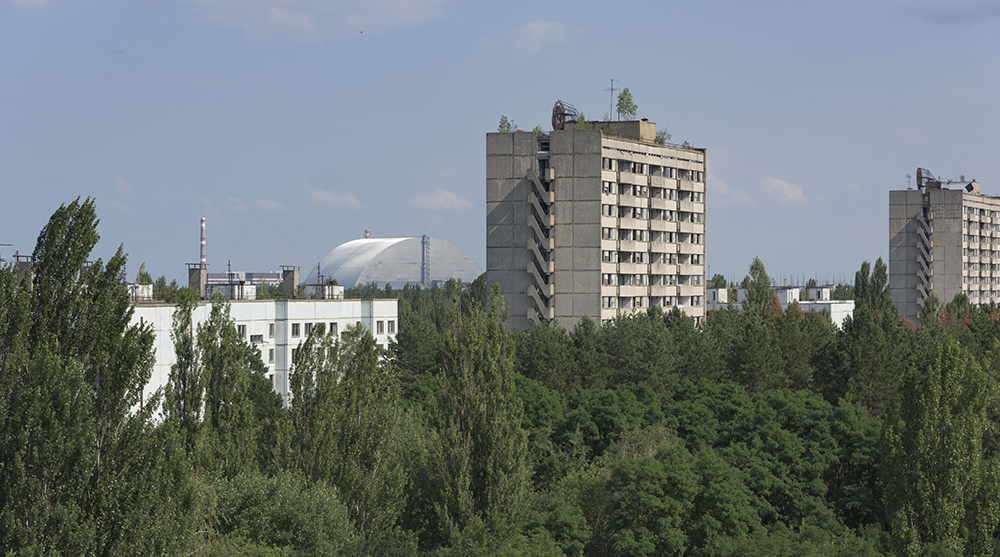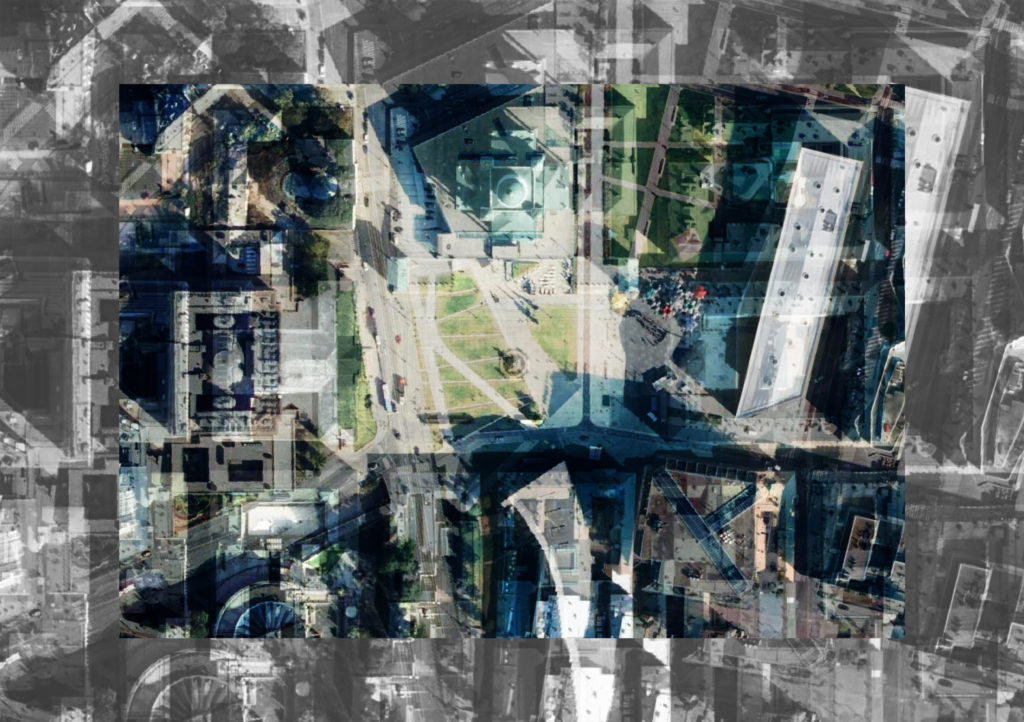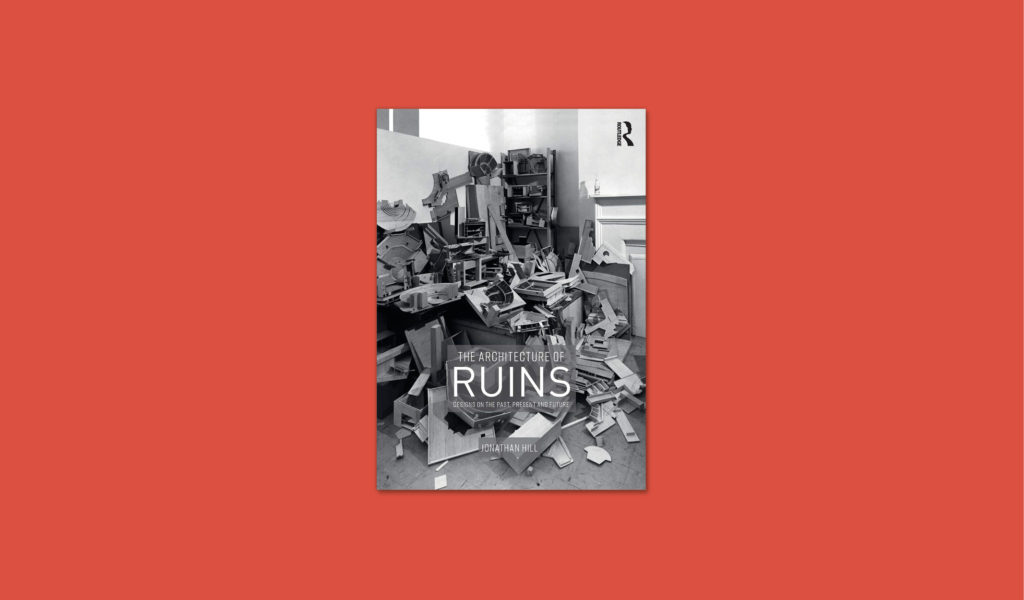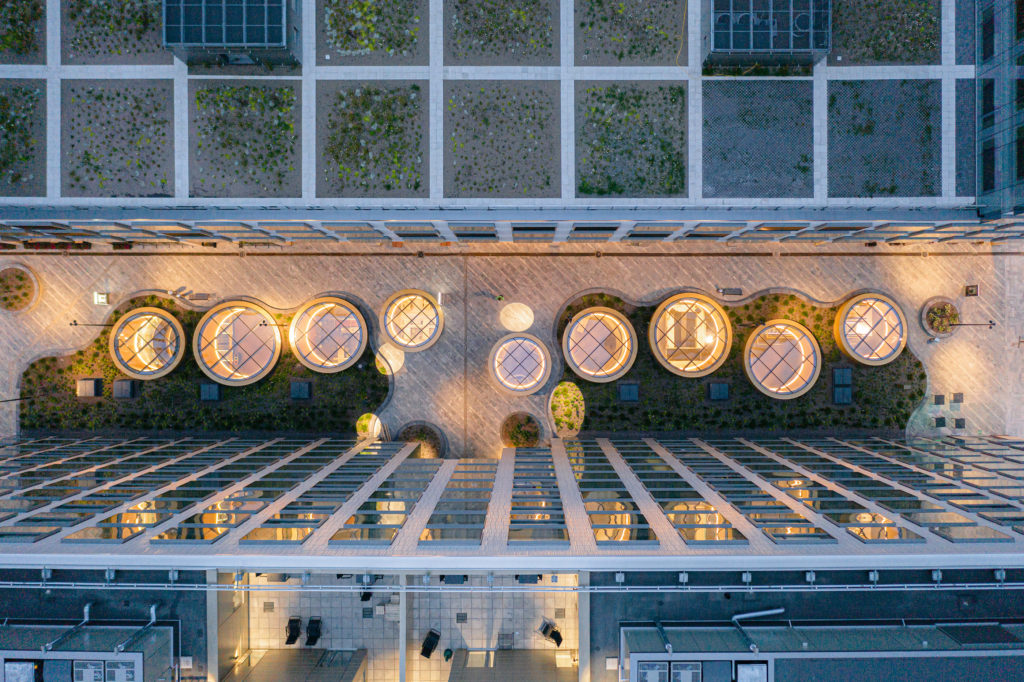Time Makes a Monument
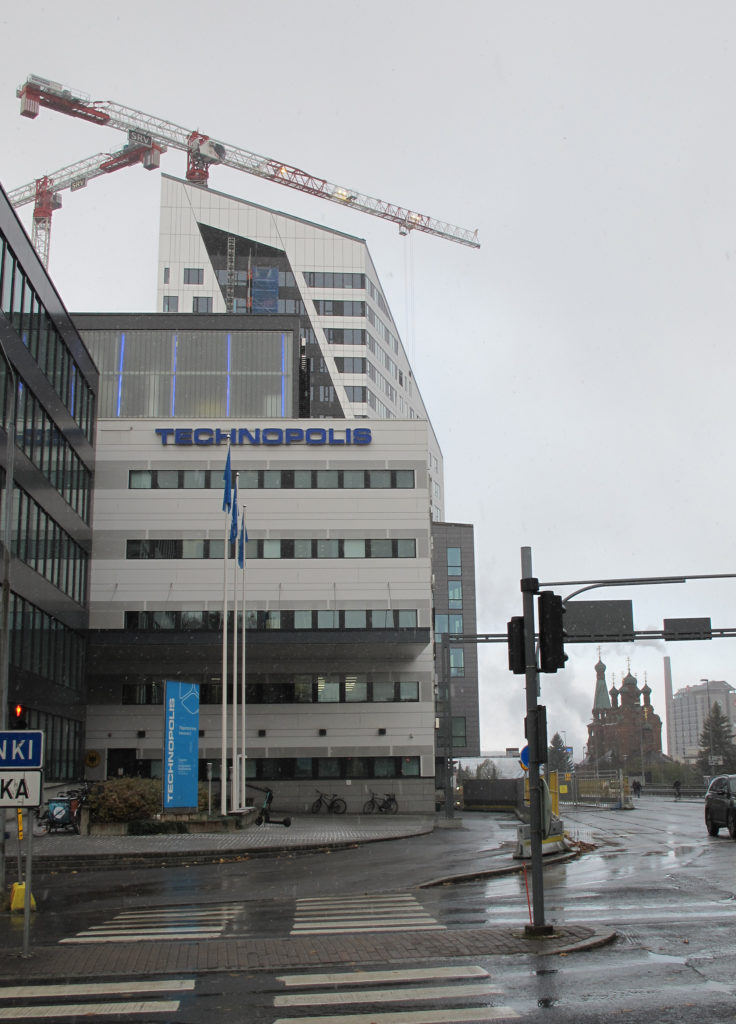
Tieteen termipankin määritelmän mukaan monumentti on ”jonkin tapahtuman tai henkilön muistoksi luotu muistomerkki, tai muu sosiaalisesti tärkeäksi koettu tai arkkitehtonisesti tai kulttuurisesti merkittävä materiaalinen jäännös”. Sanan etymologia viittaa muistamiseen, ja niinpä siitä tulevat mieleen erityisesti historialliset merkkirakennukset.
According to the Helsinki Term Bank for the Arts and Sciences definition, a monument is “a memorial created in memory of an event or person, or any other material relic that is considered to be of social importance or of architectural or cultural significance”. The etymology of the word “monument” goes back to the Latin word for reminding, which is why it tends to draw our thoughts towards historically significant buildings in particular.
Monuments carry symbolic and societal meanings: the building, maintenance and modification of monuments are considered to be societally and socially significant deeds. Monuments are associated with large, impressive structures that often play an important symbolic role. Such symbolism may be attached to churches and government buildings, as well as libraries and sports venues.
The Helsinki Olympic Stadium, for example, was originally built in the 1930s to serve as a national monument, and the various renovations and extensions have also been viewed as projects of national import. This was again the case with the latest refurbishment, which was awarded the Finlandia Prize for Architecture in October 2020. The winner was chosen by well-known Finnish musician Paula Vesala, who also described the stadium as a national monument. It is fascinating to observe that, when it comes to architectural monuments, Finns are not shy to emphasise national identity, and even library and school projects are presented to the world precisely as architectural symbols of our achievements as a nation.
Soaring tower blocks overpower small-scale monuments, depleting their significance in the cityscape.
Some monuments are designed as monumental buildings to begin with, while others are defined as such over time. In my hometown of Tampere, this has happened to the factories built by the Tammerkoski Rapids and to many other originally mundane environments of everyday labour alike. Several school buildings and society headquarters have also been endowed with value as local landmarks. An old building that remains standing in the midst of new construction may turn into a monument solely due to its historical nature.
New construction interferes with the status of existing monuments. Soaring tower blocks overpower small-scale monuments, depleting their significance in the cityscape. In Tampere, old monuments are being disarmed at a brisk pace. This has happened to the Old Church steeple standing at the end of the sightline of the former main street, as well as the railway station tower and the Orthodox Church.
Even though the word “monument” is rarely used in the context of contemporary architecture, monuments are still being built. The new monuments consist of office blocks, hotels, shopping centres and residential buildings profiled as luxury living. These represent a more secular, commercial and individualistic world view than many of the monuments preserved from times past. The defining of monuments through memory and remembrance makes the conscious and purpose-driven designing of monuments a difficult endeavour. We must accept the fact that a building’s status as a monument may not be determined by ourselves, but rather by generations to come.
The aspect of remembrance denotes an obligation towards longevity and dignified aging – and, therefore, high-quality construction. As buildings, monuments are meant to be not only visible but also lasting, with the task of relating a message to future generations of a thing or phenomenon that is significant in our time. A monument is thus defined through sustainability, significance and remembering. ↙
IIDA KALAKOSKI
Architect and researcher specialised in the built heritage, who works as a university instructor at Tampere University. She is interested in the heritage processes through which historical buildings are interpreted and re-interpreted.
